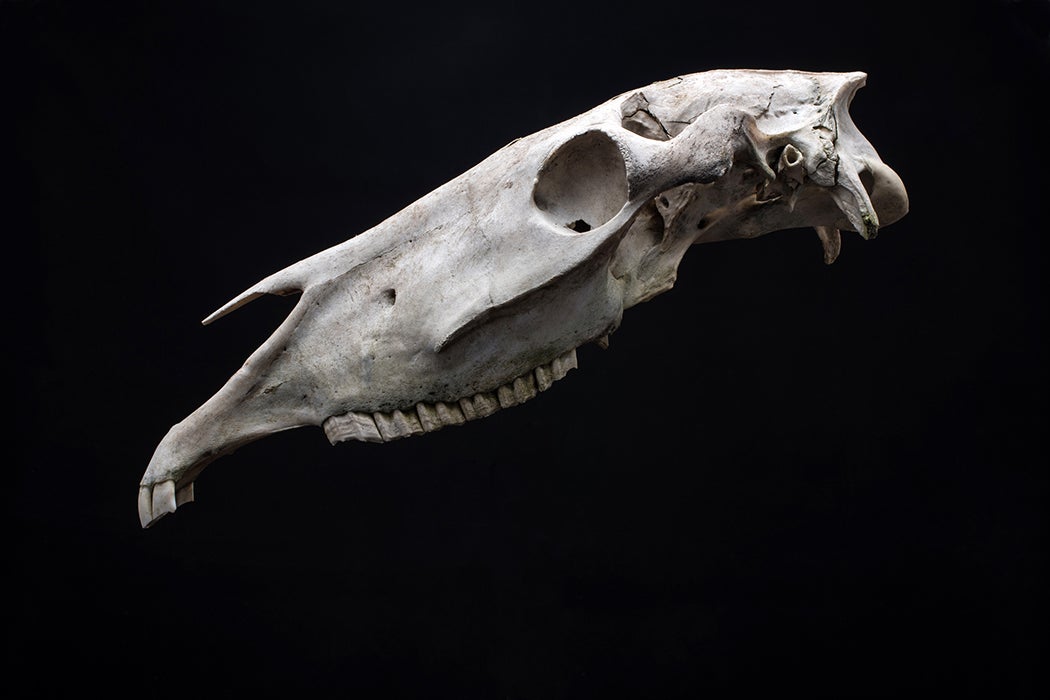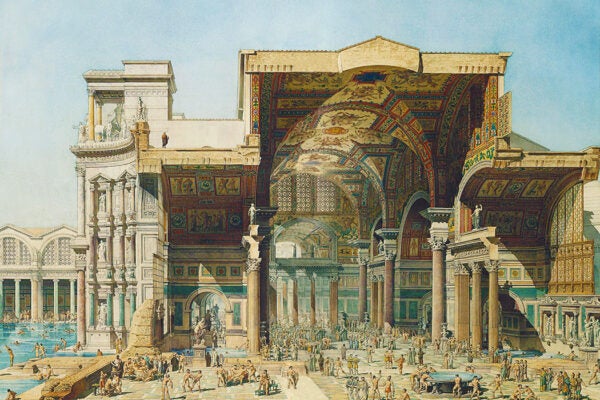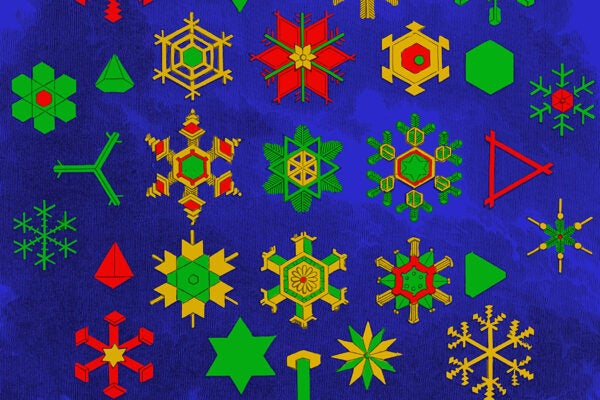When restoring or renovating an old house in Ireland, it’s not unusual to find a horse skull under the floor. While the rather macabre discovery might suggest some ritual sacrifice, it likely has a more practical origin: acoustics.
“The large volume of the skull made it an ideal sound-box that added resonance to the sound of dancing feet during céilidhe [a social gathering with music and dancing],” explains vernacular architecture scholar Barry O’Reilly in Proceedings of the Royal Irish Academy: Archaeology, Culture, History, Literature.
Back in 1945, Seán Ó Súilleabháin, archivist at the Irish Folklore Commission, published a survey of foundation finds in the Journal of the Royal Society of Antiquaries of Ireland. It revealed that throughout Ireland, horse skulls were hidden beneath floorboards, sometimes with their cavities packed with coins. Seán Mac Mathghamhna of County Clare stated: “I used hear the old people say that it was put there for the purpose of giving a fine hearty echo (macalla) to the house when people would be talking or walking inside the house. But, particularly, they put the head (with the coppers) in the floor so that their dancing would sound better, for the old people were all for sport.” From County Kerry came a tale of a horse skull installed under a bridge “to give it a clear echo”; in County Wexford skulls were reportedly placed below church altars to “help the preacher to be heard all over the church. In some churches up to twenty of these heads were buried together.”
Others wrote that the skulls had a more superstitious purpose, suspecting that they were buried for luck. Eamonn P. Kelly, retired keeper of Irish antiquities at the National Museum of Ireland, writes in Archaeology Ireland that horses “have been credited with the ability to see ghosts and other evil spirits, and this may account for the practice of placing a horse skull or skulls beneath a flagstone next to the hearth.” This would align with global foundation rituals and concealments, a practice that dates back to ancient times. Sometimes this meant hiding shoes in chimneys to attract and trap witches, or, as most often seen in the U.K. and Australia, positioning mummified cats in the walls, sometimes posed with dead prey to make them extra powerful against spirits.
Want more stories like this one?
There is evidence of acoustical horse skull use beyond Ireland, including around the U.K. and in Scandinavia. And when people from these places immigrated to the United States, they brought these traditions with them. Historian M. Chris Manning relates in Historical Archaeology the case of a skull found in a house in South Deerfield, Massachusetts. In its eye socket was a bit of paper with the names of the family of Colonel David Mason Bryant, who moved into the home in 1848.
“The skull was likely added to the wall during a period of structural alteration as part of a commemorative ritual similar to a time capsule or cornerstone deposit,” writes Manning. “On the other hand, the fact that the Bryant family, who were of English ancestry, chose to include a horse skull within the walls of their home indicates the tradition of concealing horse skulls was still alive and well in 19th-century America.”







